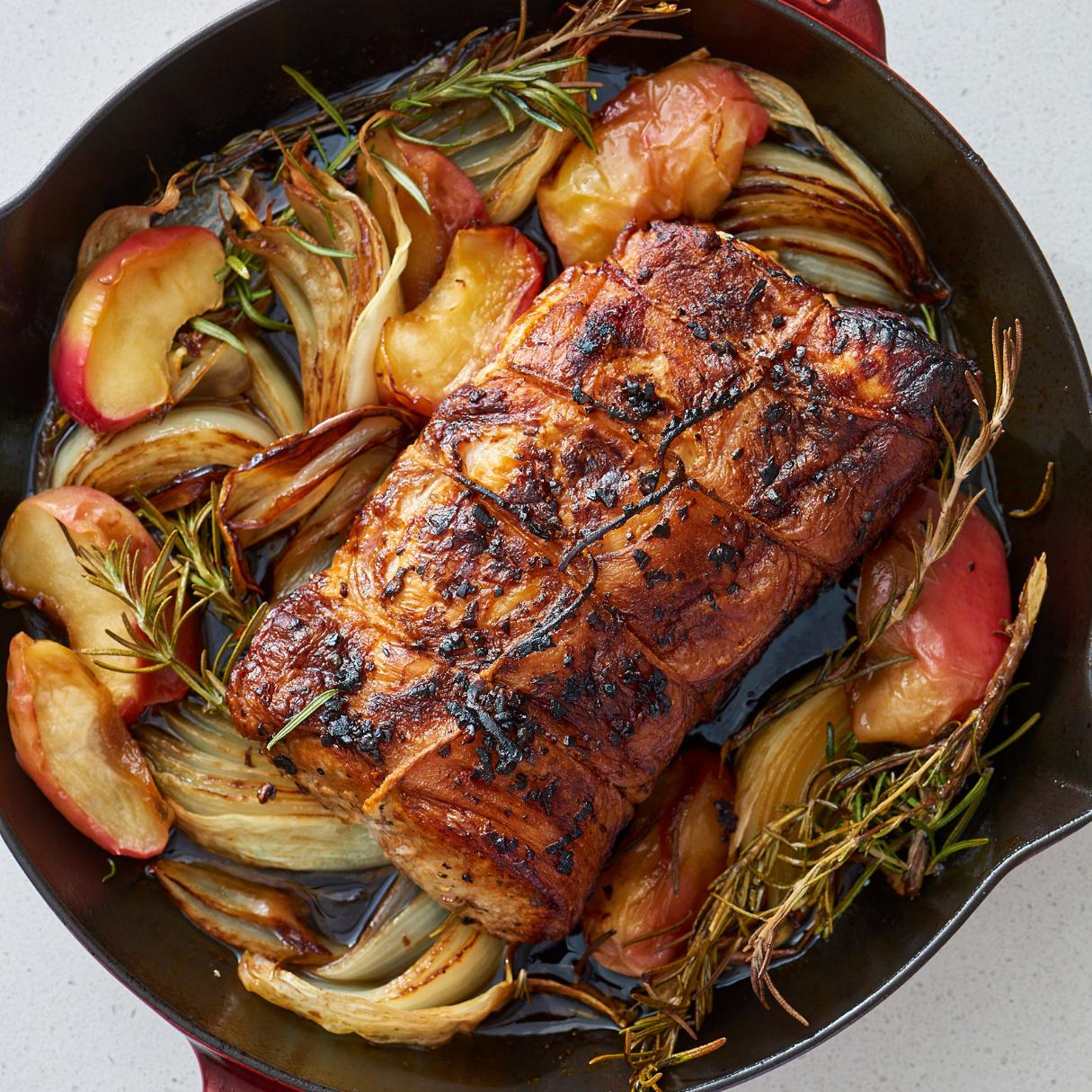

Articles
How Long To Cook Pork Roast On Stove Top
Modified: February 29, 2024
Learn how to cook a delicious pork roast on the stove top in no time with our informative articles. Follow our step-by-step instructions for the perfect result.
(Many of the links in this article redirect to a specific reviewed product. Your purchase of these products through affiliate links helps to generate commission for Storables.com, at no extra cost. Learn more)
Introduction
When it comes to cooking a succulent and flavorful pork roast, many people automatically think of using an oven or slow cooker. However, cooking a pork roast on the stove top can be just as effective and convenient. Whether you’re short on time, don’t have access to an oven, or simply prefer the stove top method, learning how to cook a pork roast on the stove can open up a whole new world of delicious possibilities.
In this article, we will guide you through the process of cooking a pork roast on the stove top, from choosing the right cut of meat to serving a mouthwatering meal. So, grab your apron and let’s get started!
Key Takeaways:
- Cooking a pork roast on the stove top offers a convenient and flavorful alternative to traditional methods. Choose the right cut, season properly, and monitor the cooking process for succulent and impressive results.
- Properly preparing, seasoning, and monitoring the cooking process are essential for achieving a succulent and delicious pork roast on the stove top. Use a meat thermometer and allow the roast to rest for optimal flavor and texture.
Read more: How Long To Cook Pulled Pork On Stove Top
Choosing the Right Pork Roast
When it comes to cooking a pork roast on the stove top, selecting the right cut of meat is crucial. The choice of pork roast will greatly impact the overall flavor and tenderness of your dish. Here are a few popular cuts of pork roast that work well for stove top cooking:
- Pork Loin Roast: This cut comes from the back of the pig and is known for its lean and tender meat. It is a versatile choice that can be cooked whole or cut into smaller portions.
- Pork Shoulder Roast: Also known as a Boston butt or picnic roast, this cut is well-marbled and has a rich flavor. It is perfect for slow cooking methods like stove top braising.
- Pork Tenderloin: This long, thin cut is lean and tender. It cooks quickly and is ideal for stove top cooking methods such as searing or sautéing.
When selecting a pork roast, look for cuts with marbling, which indicates fat throughout the meat. This fat will help keep the roast juicy and flavorful during the cooking process. Additionally, choose cuts that are fresh and have a pinkish-red color. Avoid cuts that appear grayish or have a strong odor, as these may indicate spoilage.
Consider the size of your pork roast in relation to your cooking equipment. Make sure the roast will fit comfortably in your skillet or Dutch oven without overcrowding, which can affect the cooking time and evenness of the roast.
Now that you have the basic knowledge of choosing the right pork roast, let’s move on to the next step: preparing the roast for cooking.
Preparing the Pork Roast
Before cooking your pork roast on the stove top, it’s important to properly prepare the meat to ensure the best results. Here are some steps to follow:
- Pat the pork roast dry: Using paper towels, pat the surface of the pork roast dry. This will help the seasoning adhere to the meat and promote better browning.
- Trim excess fat: If your pork roast has a thick layer of fat, consider trimming it down to about 1/4 inch. This will prevent the roast from becoming too greasy during cooking.
- Tie the roast (optional): If your pork roast is uneven in shape or has loose pieces, you may want to tie it with kitchen twine. This will help the roast maintain a more compact shape and cook more evenly.
- Allow the roast to come to room temperature: Take the pork roast out of the refrigerator and let it sit at room temperature for about 30 minutes to an hour. This will help the meat cook more evenly.
By taking these simple steps to prepare the pork roast, you’re setting yourself up for success in achieving a beautifully cooked and flavorful dish. Now, let’s move on to the next step: seasoning the pork roast.
Seasoning the Pork Roast
Seasoning is the key to adding flavor and depth to your pork roast. While there are countless seasoning options, here are some popular choices that complement the natural flavors of the meat:
- Salt and pepper: This classic combination is a simple yet effective way to enhance the taste of the pork roast. Be generous with both salt and pepper, ensuring all sides of the roast are coated.
- Herbs and spices: Experiment with a variety of herbs and spices to create a unique flavor profile. Common choices include rosemary, thyme, garlic powder, paprika, and cayenne pepper. Rub the seasonings onto all sides of the roast, ensuring even distribution.
- Marinades: Consider marinating the pork roast for a few hours or overnight to infuse it with additional flavor. You can create a marinade using ingredients like soy sauce, Worcestershire sauce, honey, vinegar, and olive oil. Allow the roast to marinate in the refrigerator, then pat it dry before cooking.
Remember to be mindful of the flavor profile you want to achieve and adjust the seasoning accordingly. Feel free to get creative and experiment with different combinations to suit your taste preferences.
Once your pork roast is properly seasoned, you’re ready to move on to the next step: cooking it on the stove top.
Cooking the Pork Roast on the Stove Top
Now that your pork roast is seasoned and ready to go, it’s time to start cooking it on the stove top. Follow these steps for a deliciously cooked pork roast:
- Heat the skillet: Place a skillet or Dutch oven over medium-high heat on the stove top. Allow it to heat up for a couple of minutes until it’s hot.
- Add cooking oil: Drizzle a tablespoon of cooking oil, such as olive oil or vegetable oil, into the hot skillet. Swirl the oil around to evenly coat the bottom of the pan.
- Sear the roast: Carefully place the pork roast into the hot skillet, fat side down if applicable. Let it sear for about 2-3 minutes until browned. Flip the roast to sear all sides, ensuring an even crust forms.
- Reduce the heat: Once the roast is seared, reduce the heat to medium-low or low, depending on your stove’s settings. This will allow for gentle cooking and prevent the meat from drying out.
- Cover and cook: Cover the skillet or Dutch oven with a lid. This will help retain moisture and heat, ensuring even cooking. Allow the pork roast to cook for the recommended time based on its weight and desired level of doneness. It is generally recommended to cook pork roast for 20-25 minutes per pound.
During the cooking process, be sure to keep an eye on the roast and adjust the heat as needed to maintain a gentle simmer. This will prevent the meat from overcooking or burning.
Now that your pork roast is cooking away on the stove top, it’s important to monitor the process and check the internal temperature for doneness.
For a pork roast on the stove top, sear all sides in a hot pan, then reduce heat to medium and cook for 20-30 minutes per pound, or until internal temperature reaches 145°F.
Read more: How Long To Cook Pork Chops On The Stove Top
Monitoring the Cooking Process
While the pork roast is cooking on the stove top, it’s essential to monitor the process to ensure that it cooks evenly and reaches the desired level of doneness. Here are a few tips to help you monitor the cooking process:
- Check the heat: Keep an eye on the stove temperature and adjust it as needed to maintain a gentle simmer. If the heat is too high, the roast may burn on the outside before cooking through. If it’s too low, it may take longer to reach the desired doneness.
- Baste the roast: Periodically basting the pork roast with its cooking juices will help to keep it moist and add flavor. Use a spoon or baster to drizzle the juices over the roast. This step is especially important when cooking leaner cuts that may dry out more easily.
- Check for even browning: As the pork roast cooks, check for even browning on all sides. If you notice any areas that are not browning evenly, carefully rotate the roast to ensure uniform cooking.
- Use a meat thermometer: The most reliable way to determine if the pork roast is cooked to perfection is by using a meat thermometer. Insert the thermometer into the thickest part of the meat, making sure to avoid touching any bones. The internal temperature should reach 145°F (63°C) for medium-rare and 160°F (71°C) for medium. Keep in mind that the pork roast will continue to cook and rise in temperature while resting.
By monitoring the cooking process closely, you can ensure that your pork roast is cooked to the desired level of doneness and avoid undercooking or overcooking the meat. Once the pork roast reaches the appropriate temperature, it’s time to remove it from the heat and let it rest before serving.
Checking the Temperature
Checking the temperature of the pork roast is crucial to ensure that it is cooked to perfection and safe to consume. Here’s how to accurately check the temperature:
- Remove the roast from the heat: Using oven mitts or long kitchen tongs, carefully remove the cooked pork roast from the stove top and place it on a clean cutting board or plate.
- Insert a meat thermometer: Insert a meat thermometer into the thickest part of the roast, making sure to avoid contact with any bones. Take the reading on the thermometer to determine the internal temperature of the meat.
- Check for doneness: The recommended internal temperature for cooked pork roast is 145°F (63°C) for medium-rare and 160°F (71°C) for medium. If the temperature is below the desired doneness, return the roast to the stove top and continue cooking until the desired temperature is reached. Be aware that the roast will continue to cook slightly while resting.
Using a meat thermometer eliminates the guesswork and ensures that your pork roast is cooked to a safe and appropriate temperature. It’s worth investing in a reliable meat thermometer to achieve consistent and precise results.
Now that you’ve checked the temperature and ensured that your pork roast is perfectly cooked, it’s time to let it rest before serving.
Resting and Serving the Pork Roast
Resting the pork roast is a crucial step that allows the juices to redistribute throughout the meat, resulting in a more tender and flavorful final product. Here’s how to properly rest and serve your cooked pork roast:
- Remove from heat and cover: Once the pork roast has reached the desired internal temperature, remove it from the stove top and transfer it to a cutting board or serving platter. Cover the roast loosely with aluminum foil to keep it warm.
- Let it rest: Allow the pork roast to rest for about 10-15 minutes. This resting period allows the meat fibers to relax, retaining more moisture and resulting in a juicier and more tender roast.
- Carve and serve: After the resting period, it’s time to carve and serve the pork roast. Use a sharp knife to slice the roast against the grain into thin or thick slices, depending on your preference. Arrange the slices on a platter or individual plates.
- Drizzle with pan juices (optional): If desired, pour any leftover pan juices from the skillet over the carved pork slices. These juices will add extra flavor and moisture to the meat.
Serve your stove top cooked pork roast with your favorite side dishes such as roasted vegetables, mashed potatoes, or a fresh salad. The tender and flavorful meat will be the star of the meal and is sure to impress your family or guests.
Remember, resting the pork roast is essential for optimal flavor and texture, so don’t skip this important step. Now, all that’s left is to enjoy your deliciously cooked pork roast!
Conclusion
Cooking a pork roast on the stove top is a convenient and flavorful alternative to traditional oven or slow cooker methods. With the right cut of meat, proper seasoning, and careful monitoring of the cooking process, you can achieve a succulent and delicious pork roast that will impress your family and friends.
Start by selecting the right cut of pork roast, such as pork loin, shoulder, or tenderloin, depending on your preference and cooking method. Remember to properly prepare and season the pork roast to enhance its natural flavors. Cooking the roast on the stove top requires attention to heat levels and monitoring to ensure even cooking and doneness.
Use a meat thermometer to accurately check the internal temperature of the pork roast and determine its doneness. Resting the roast after cooking allows the juices to redistribute, resulting in a juicy and tender final product.
Whether you’re short on time, don’t have access to an oven, or simply prefer the stove top method, cooking a pork roast on the stove is a versatile and delicious option. Explore different seasoning combinations and side dish pairings to create a memorable dining experience.
So, next time you’re in the mood for a mouthwatering pork roast, remember that the stove top can be your go-to cooking method. Follow these steps, and you’ll be well on your way to preparing a delectable pork roast that will leave everyone asking for seconds.
Frequently Asked Questions about How Long To Cook Pork Roast On Stove Top
Was this page helpful?
At Storables.com, we guarantee accurate and reliable information. Our content, validated by Expert Board Contributors, is crafted following stringent Editorial Policies. We're committed to providing you with well-researched, expert-backed insights for all your informational needs.
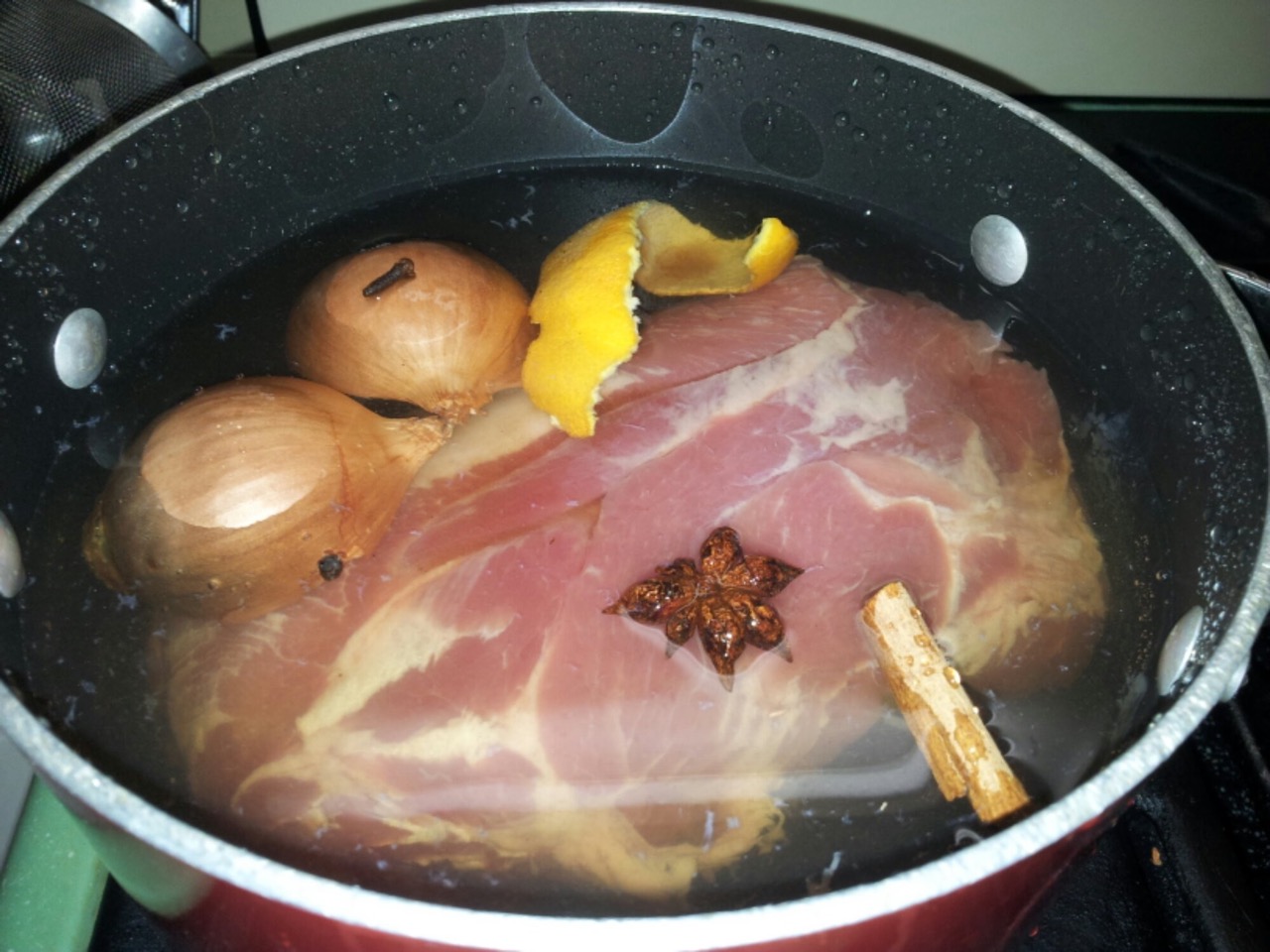
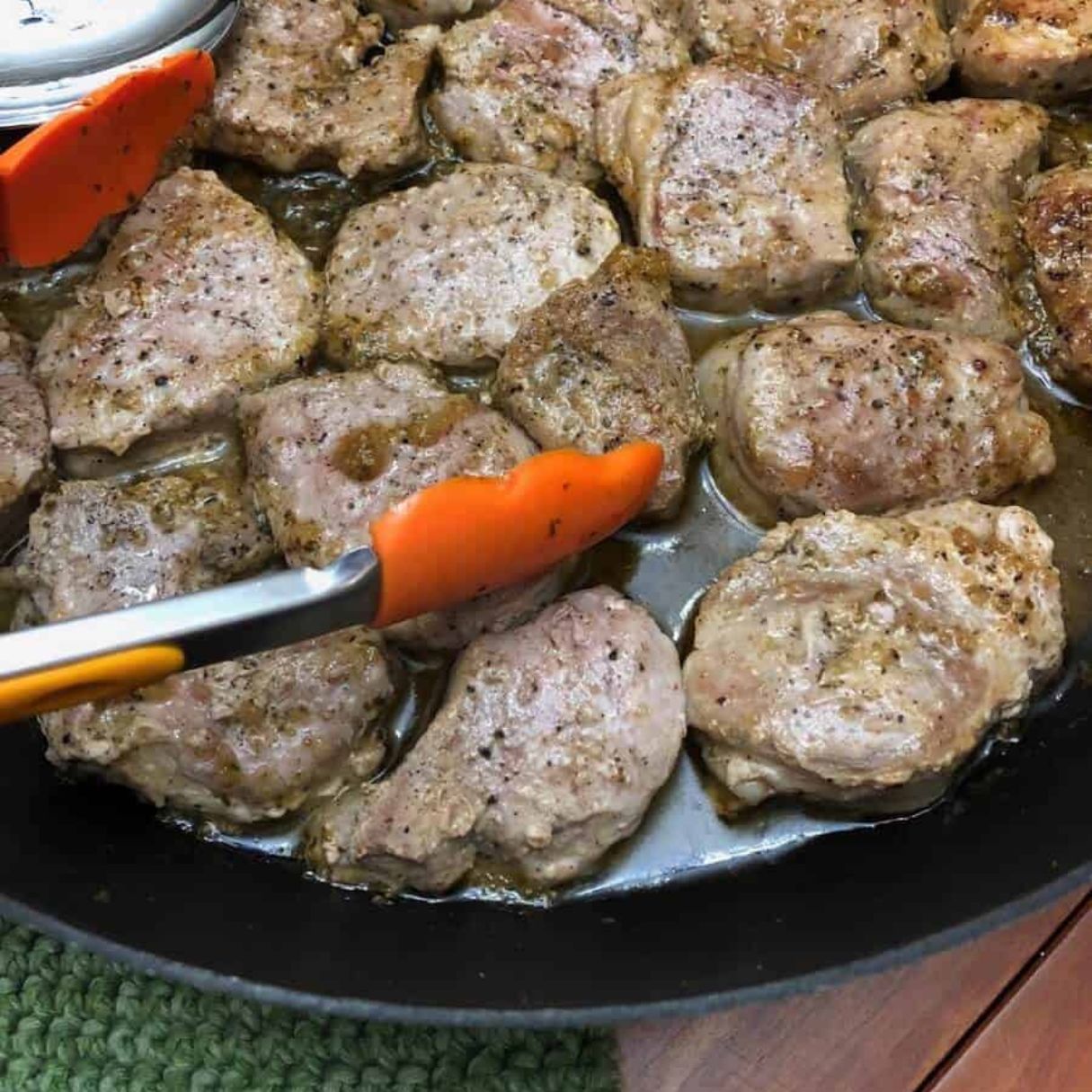
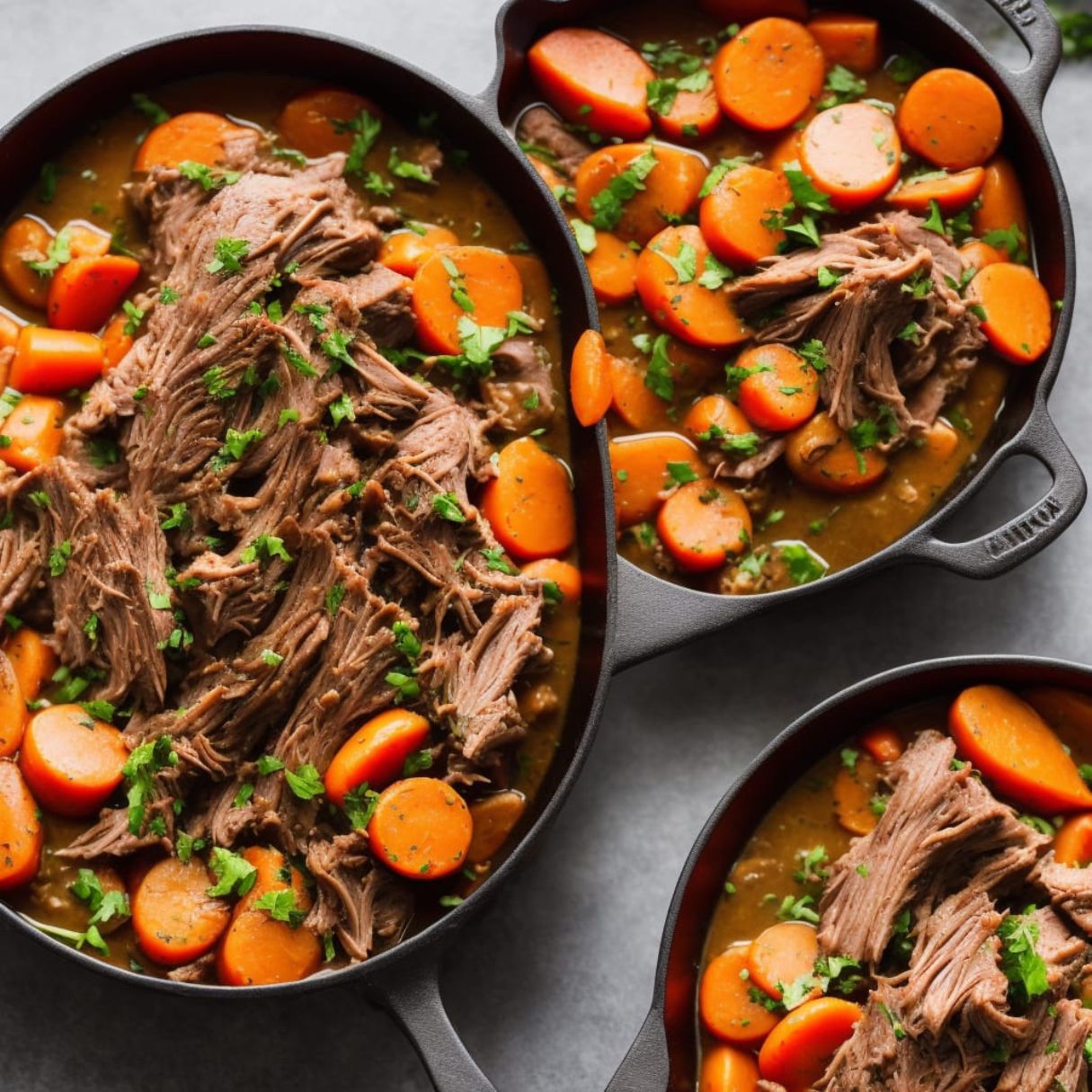
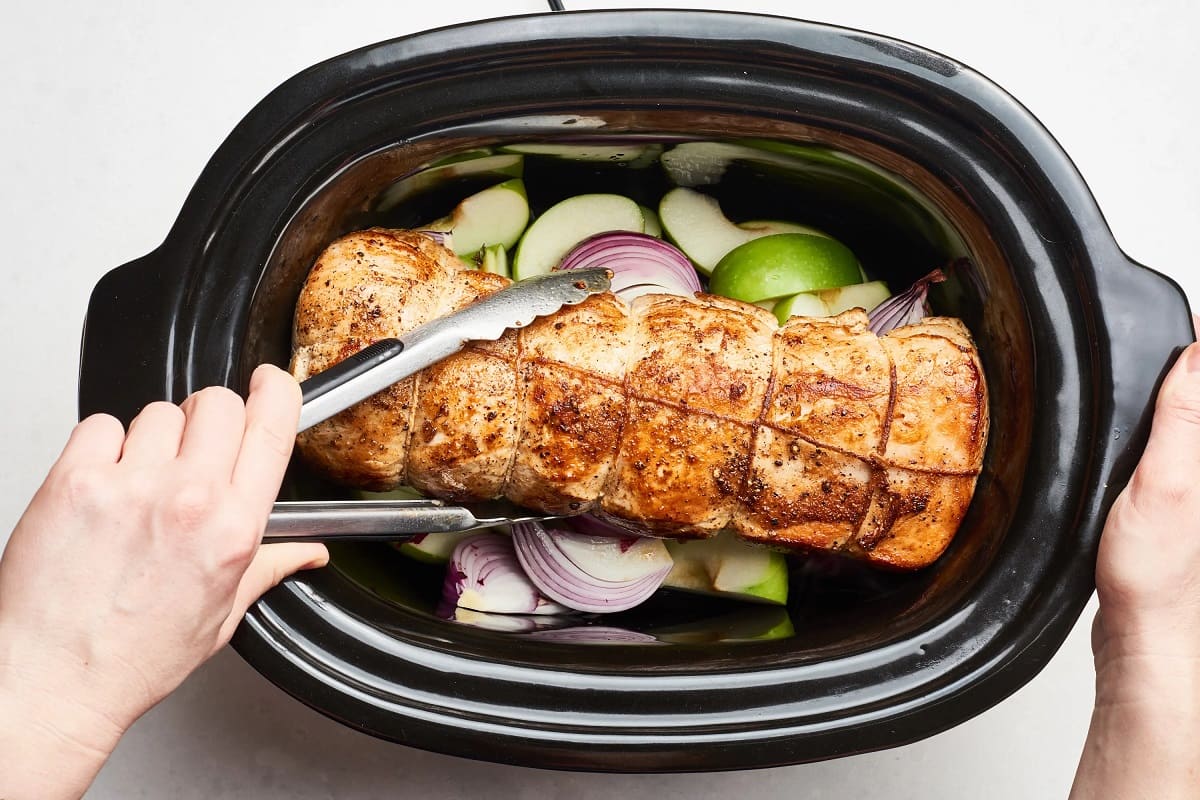
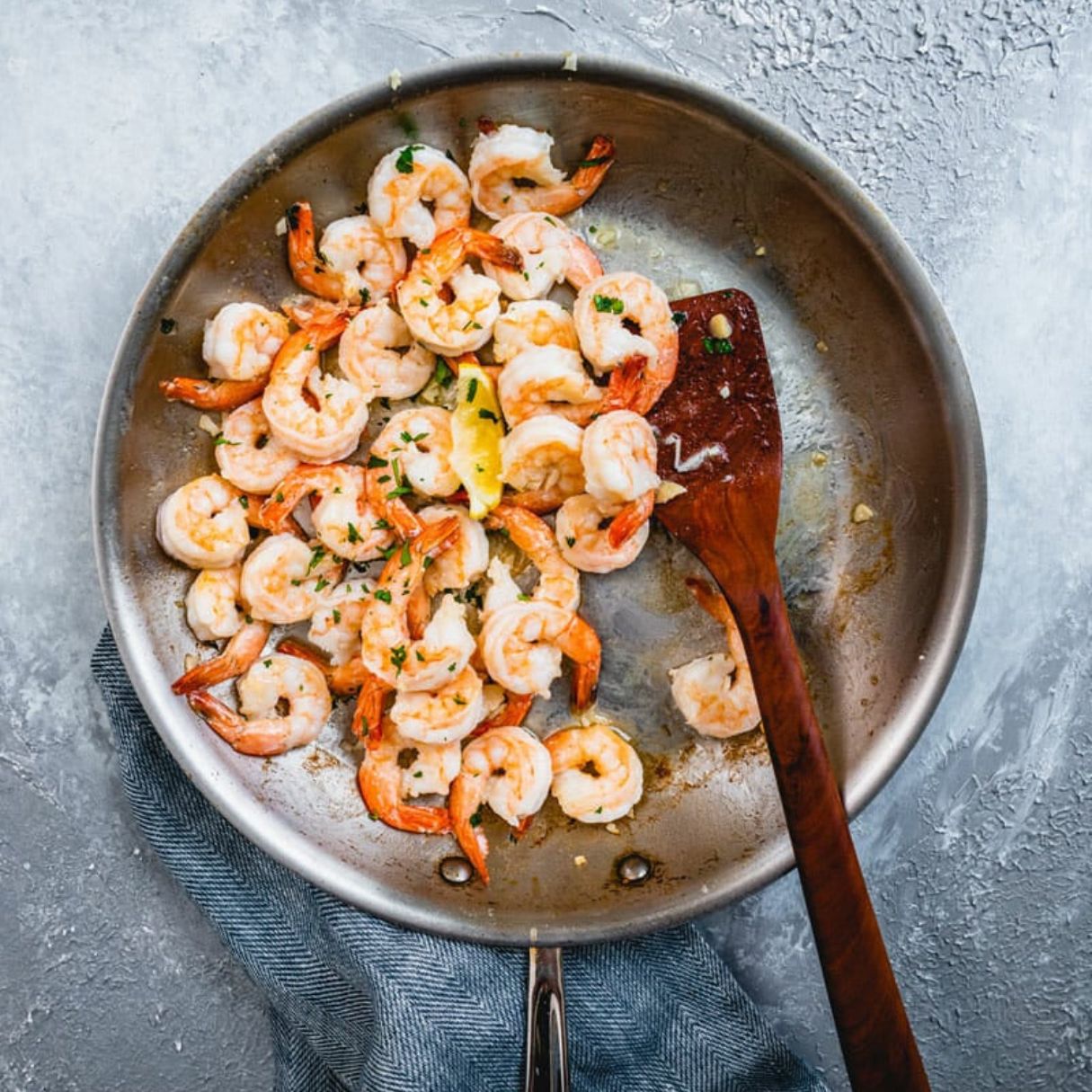
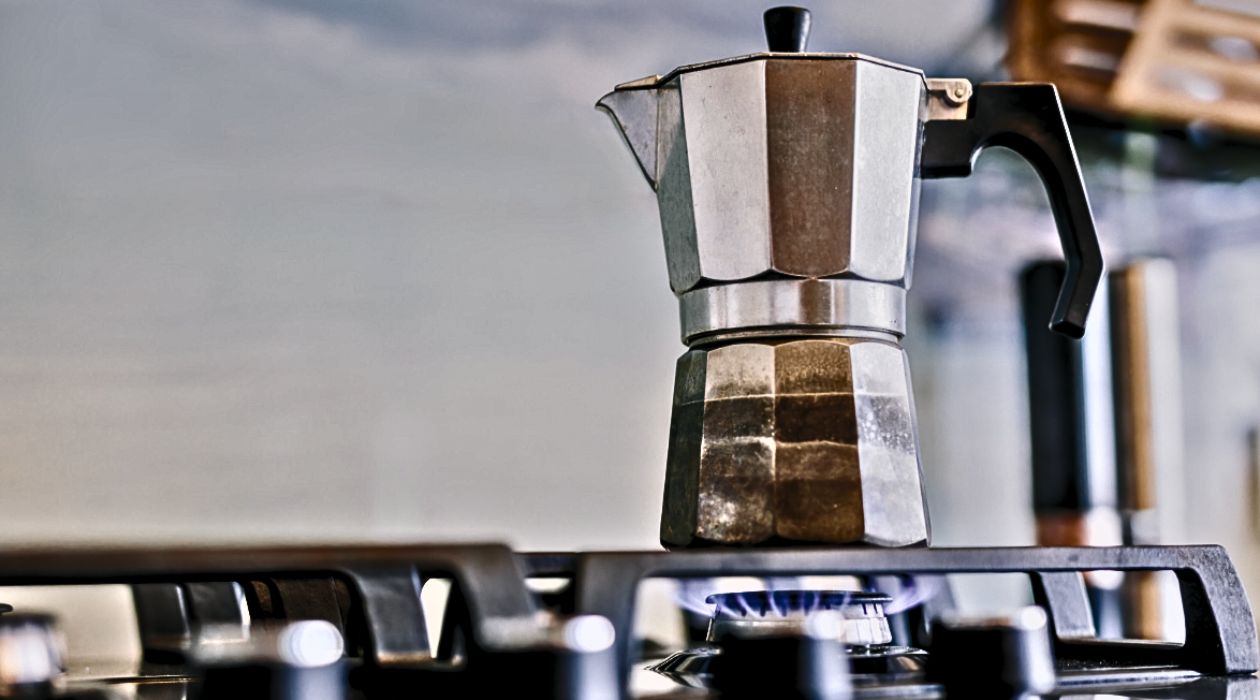
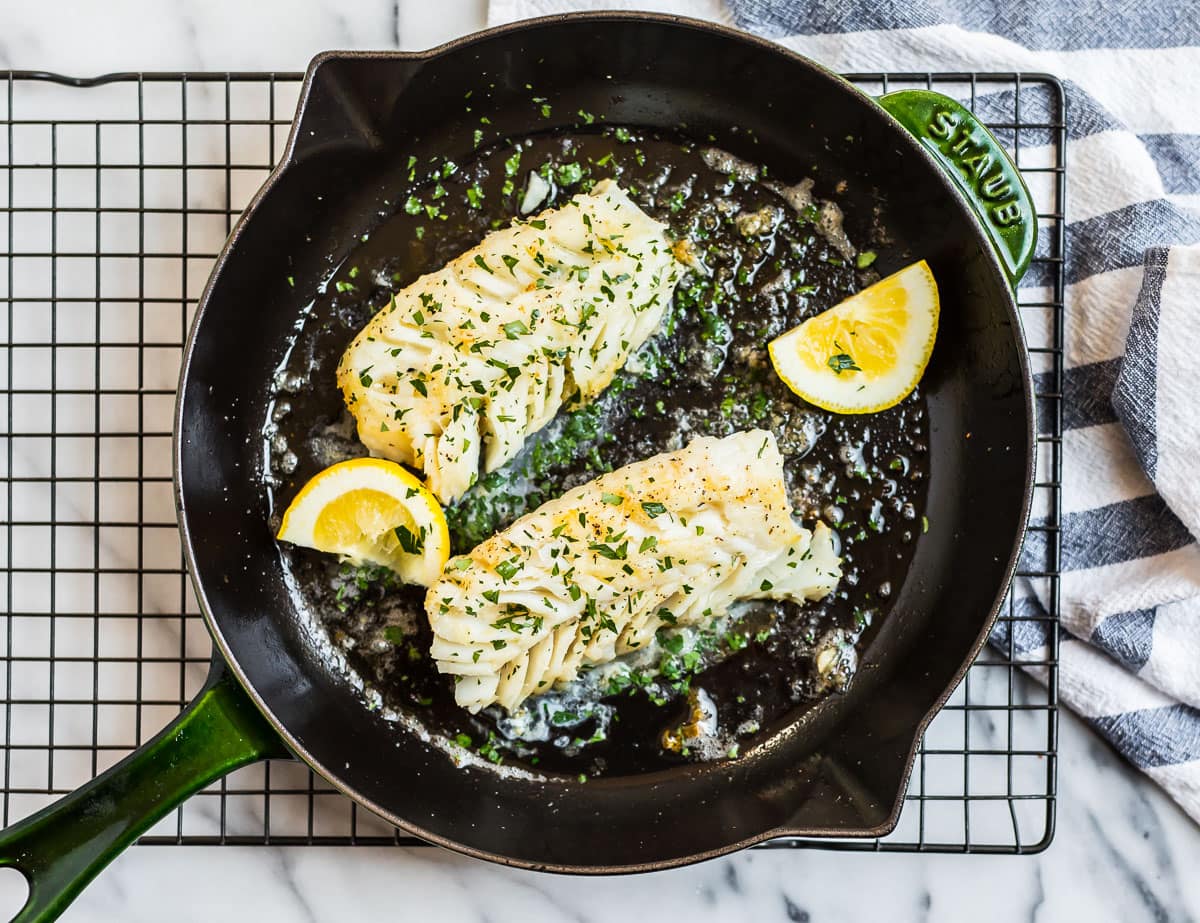
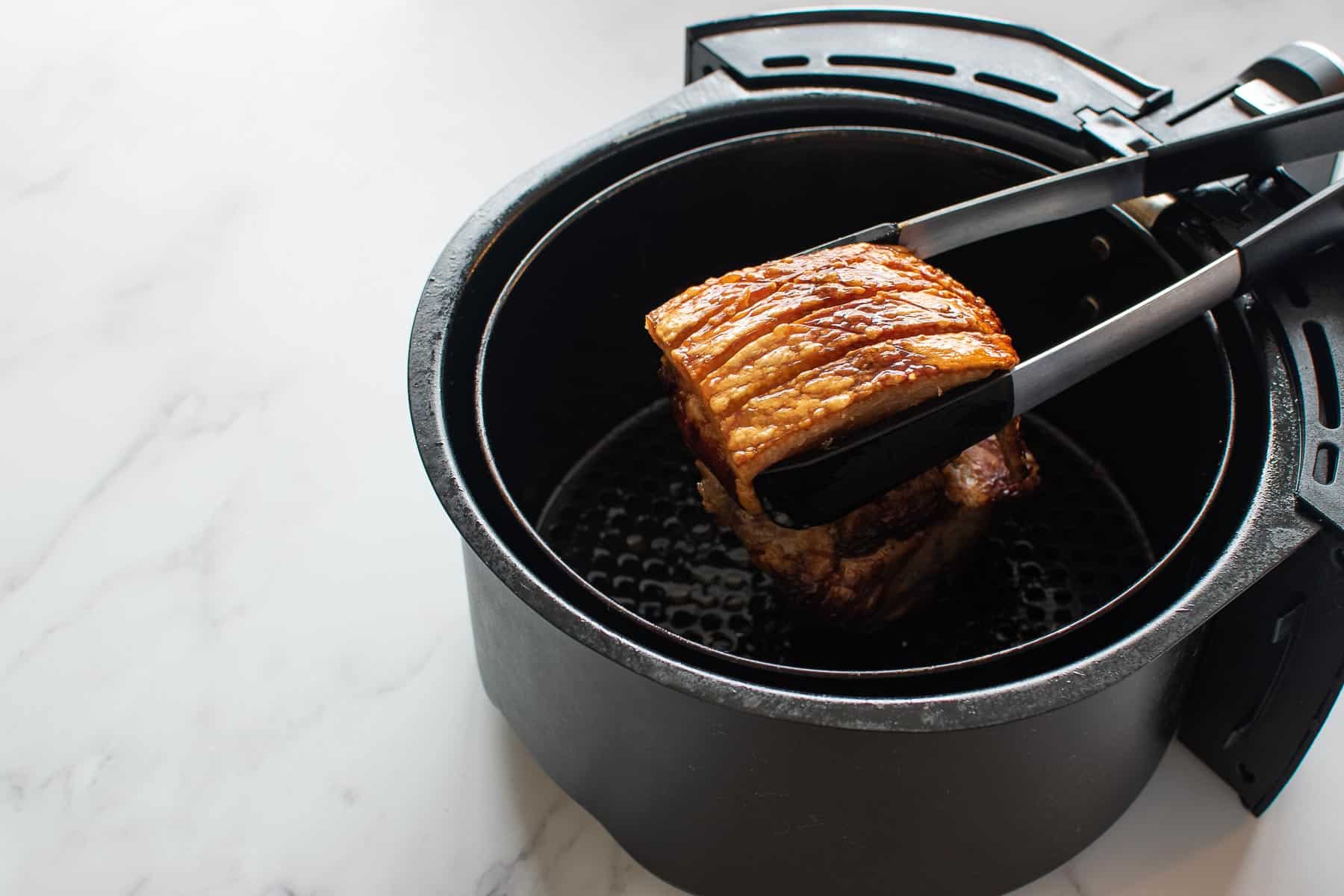
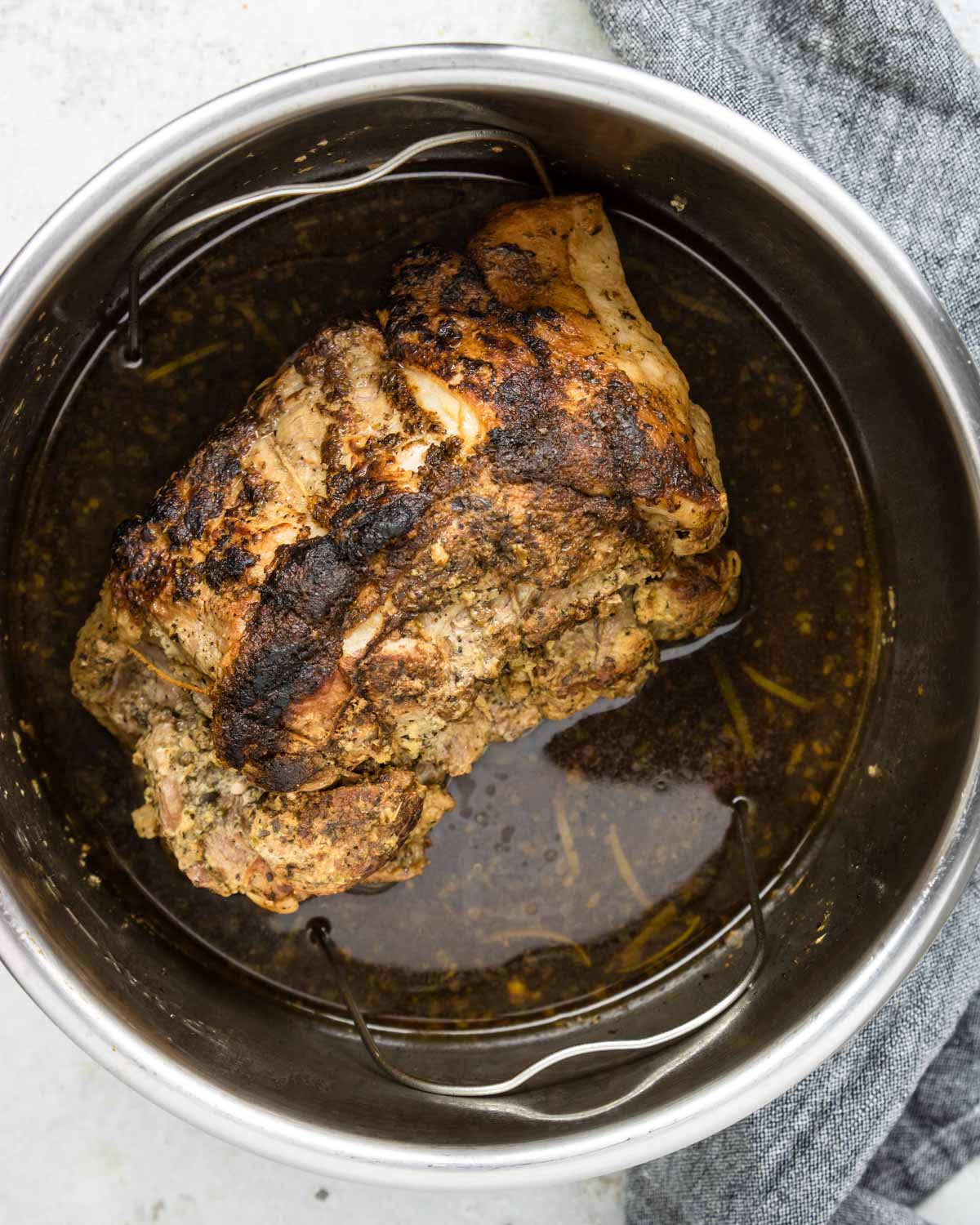
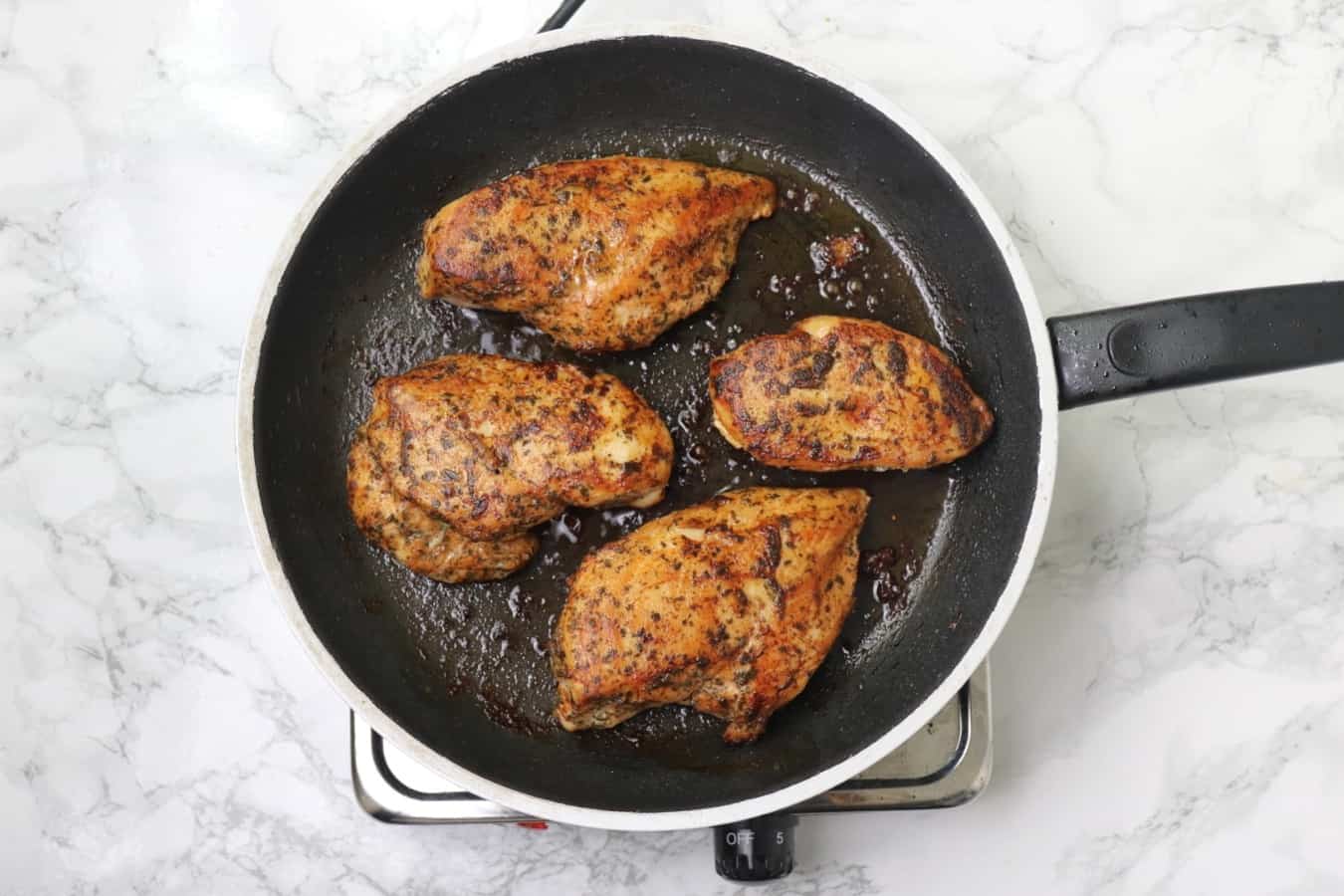
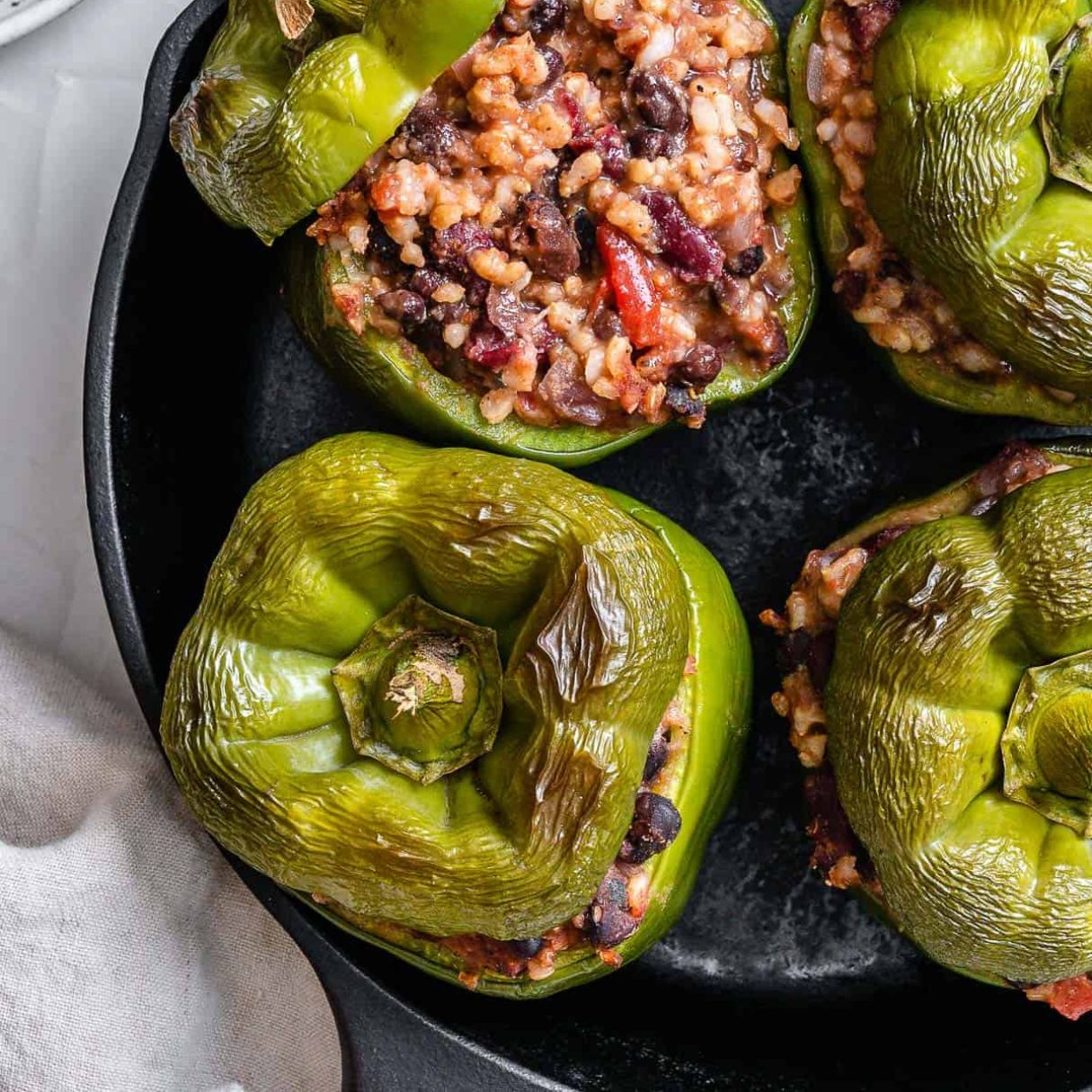
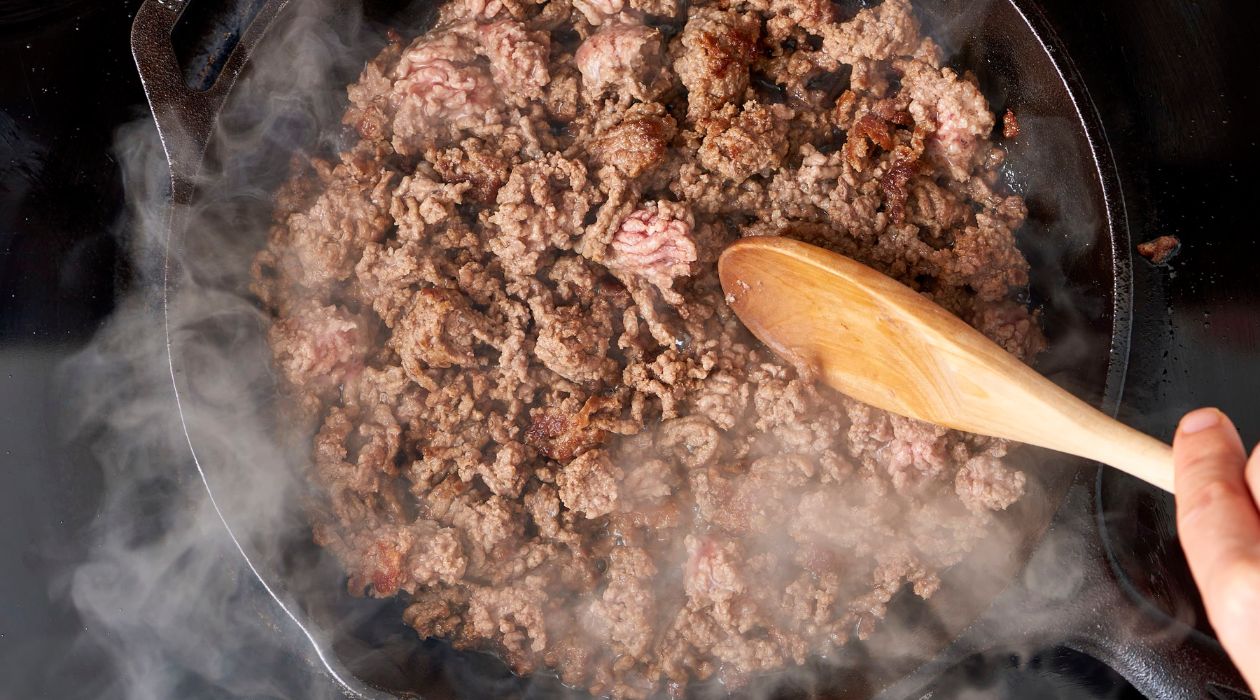
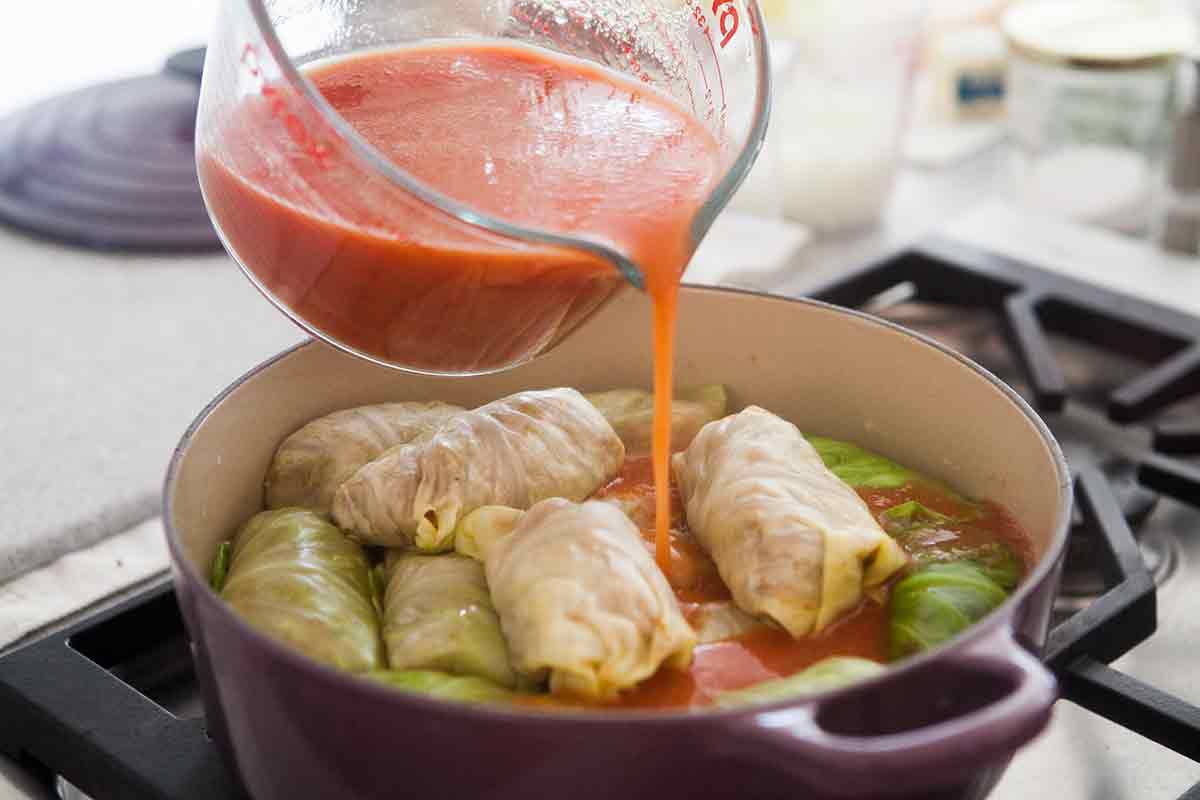
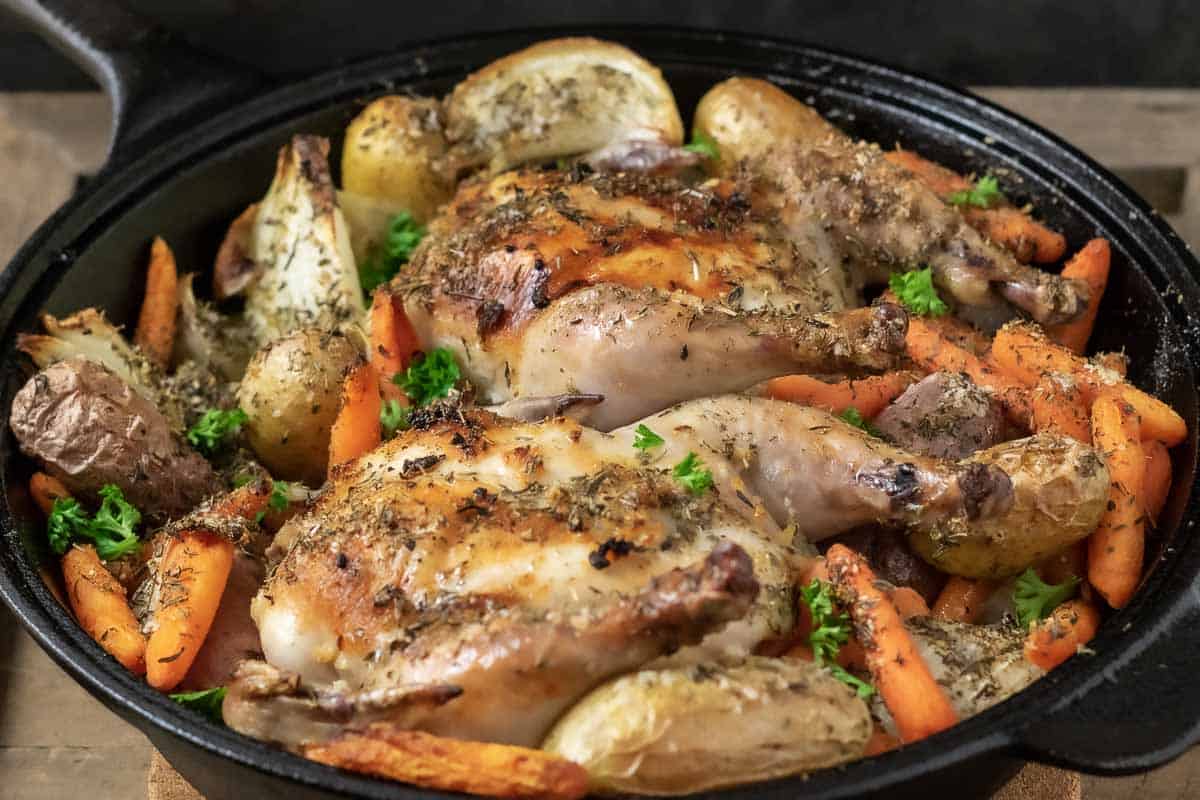

0 thoughts on “How Long To Cook Pork Roast On Stove Top”